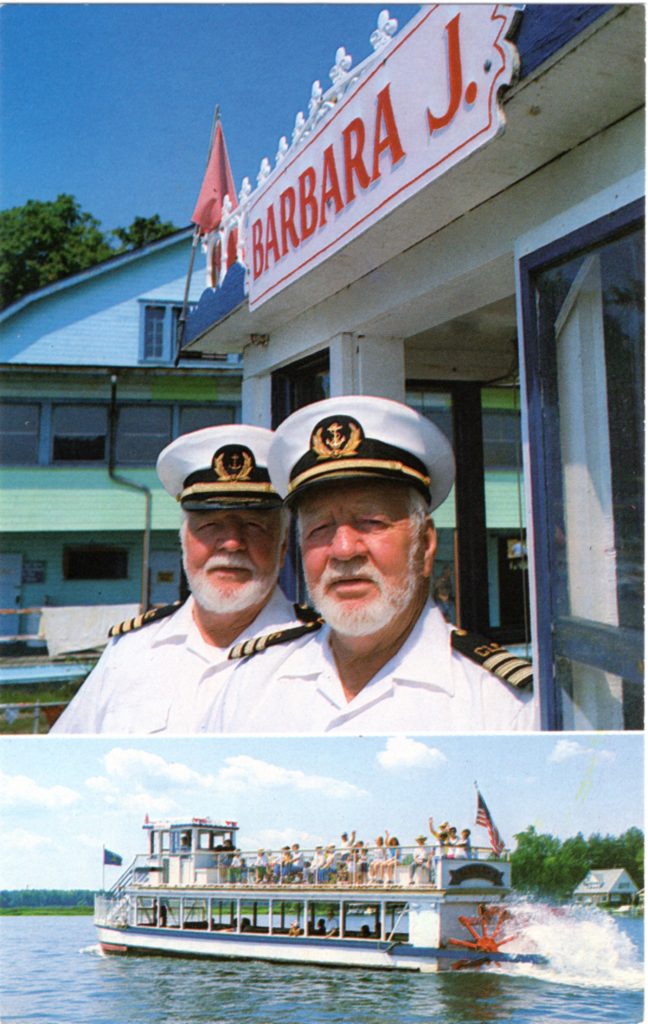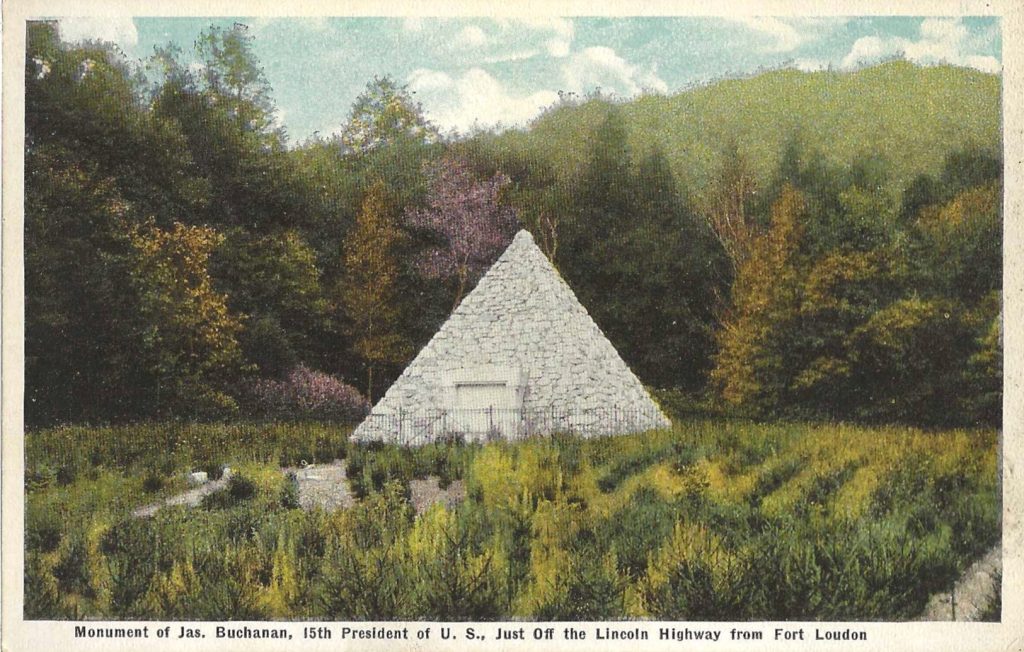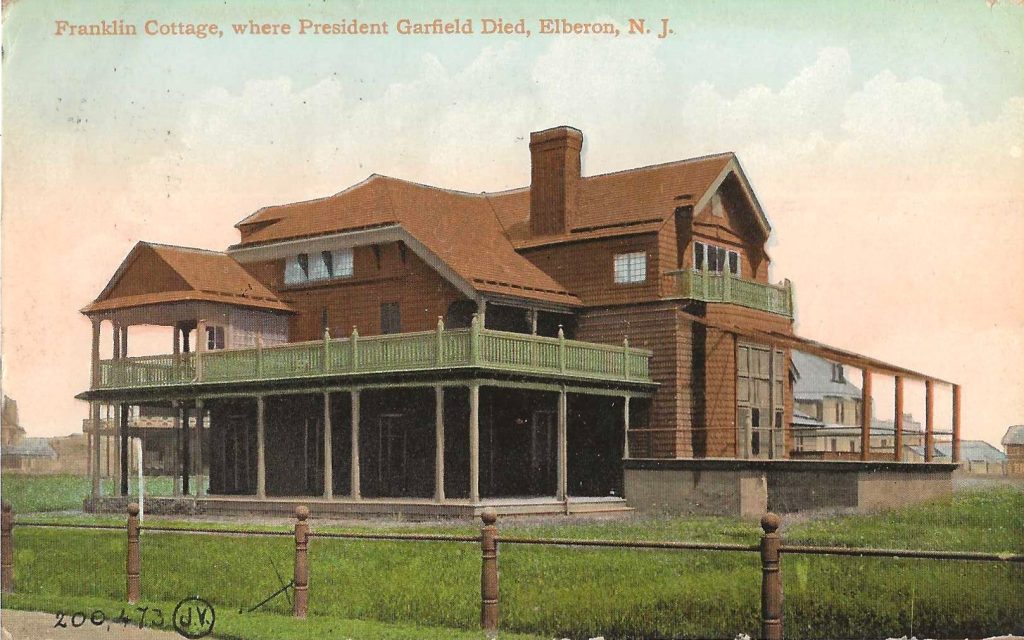Editor’s Staff
A Fifth Sunday Special
July 30, 2023
Once again, today is the fifth Sunday of the month and Postcard History presents three short histories suggested by unusual postcards. This time these Fifth Sunday articles are different from past contributions because each one originates with a different collector. Our writers literally span America: Shav La Vigne of California, Edith Romaine from Minnesota, and Tim Van Staden of Massachusetts. Their topics are a lake cruise vessel from Pennsylvania and two American presidents.
The History of the Barbara J. by Shav La Vigne.

The Barbara J. is a tour boat that has plied the waters of Conneaut Lake, in the far north-west corner of Pennsylvania for nearly seventy years. Conneaut Lake is the largest natural lake in the state of Pennsylvania and is home to many family theme parks and recreational facilities.
Built in Benton Harbor, Michigan, in 1955, this sternwheeler is 56 feet long by 12 feet wide and has the capacity to carry 72 passengers.
Originally named River Queen, she cruised the St. Joseph River between St. Joseph and Benton Harbor, Michigan, from the Silver Beach Amusement Park. When the park closed in 1970, the vessel was purchased by Conneaut Lake Cruises, owned by Lloyd and Barbara Holland.
After its move to Pennsylvania in 1972, Holland renamed her the Barbara J. in honor of his wife. With her new name the ship began service as a sightseeing vessel, but through the years the Barbara J. has gone through several mechanical changes including a change from a geared transmission to hydraulic drive coupled to her new and improved diesel engine.

For many years during her ownership by Conneaut Lake Cruises, Barbara J. was operated by identical twins, Captains Bill and Bert Hilton. The brothers shared the boat’s operation and became an unforgettable part of the lake’s history.
In 2004, Jack and Sharon Slater, owners of the Silver Shores Restaurant, purchased the boat and conducted tours and breakfast-cruises from their dock at the south end of Conneaut Lake. Then in July 2015 the ship was sold to Ron Anderson, who made major upgrades to the ship and to its permanent birth at the end of 1st Street, right next to Icehouse Park.
Today the Barbara J. still provides scenic and nostalgic cruises at reasonable prices.
Monument to James Buchanan, 15th President by Edith Romaine

David and I were both teachers. In the years after our 1968 marriage, we had lots of free time in the summers but since our paychecks stopped at the end of June we had to allocate our 10-month salaries to last through July, August, and the first two weeks in September without income. That left us few options over what to do, how far we could go and the general nature of summer vacations. Driving tours (David loved to drive!) were our primary option. Remember in those days gasoline cost 33 cents per gallon.
One early August day around 1973 we left our home in Minnesota and travelled south to Des Moines, Iowa. Our plan was to turn east on the Lincoln Highway (U. S. Route 30) and follow it for the 1,100 miles to the Delaware River in Morrisville, Pennsylvania. We planned six stops.
During our third day on the highway, David noticed a battered old sign that directed motorists to the birthplace of President James Buchanan. Without regard to the sign’s condition, David turned off the highway to find the monument dedicated to one of our country’s least popular presidents.
I still remember, David’s remark as we headed down a country lane that wasn’t much wider than a cow-path, “You know, Edith, this detour may just lead us to two sticks, marking an ‘x’ in a cornfield.”
I have always been the postcard collector of my family and as often as you hear the phrase, there is a postcard for everything, I was somewhat doubtful of its truth. I found this card last year at a postcard show in Eagan, Minnesota, nearly fifty years after seeing it in person.
In Franklin County, Pennsylvania there is a state park dedicated to President James Buchanan. A stone pyramid standing over thirty-feet tall has been erected in his honor on the site where he was born in a log cabin owned by his father on April 23, 1791.
The property on which the family lived was called Stony Batter and Buchanan was there until he was six years old. He first entered politics in 1814 by running for a seat in the Pennsylvania House of Representatives. In the forty-two years that followed, Buchanan held five elected offices and served as President Polk’s Secretary of State and President Pierce’s Minister to the United Kingdom.
Buchanan did not campaign in the election of 1856, but he wrote letters and pledged to uphold the Democratic platform. The people voted and the “man without a plan” won over two other candidates: former Whig President Millard Fillmore who represented the “Know-Nothing” party and John C. Frémont, the Republican nominee. He won the electoral college and became the 15th president of the United States.
His term in office was controversial and contentious. He chose not to stand for reelection and famously said to Abraham Lincoln within earshot of hundreds, upon the transfer of the presidency, “If you are as happy in entering the White House as I shall feel on returning to Wheatland [his home near Lancaster, Pennsylvania], you are a happy man.”
Today, according to an information site on the Internet the park is heavily forested and serves as a picnic site for the locals and was the first land donation in Pennsylvania to become parkland.
Francklyn Cottage by Timothy Van Staden

Francklyn Cottage is gone! (The caption on the card is misspelled.) The beautiful architectural wonder that was once located on the beach in Long Branch, New Jersey, fell victim to a rather spectacular fire on June 14, 1920. It was the death site of America’s 20th President – James Abram Garfield on September 19, 1881.
The last official Presidential Bulletin relating to President Garfield was released from this cottage at 11:30 P.M. on the night he died. It read: The President died at 10:35.
An earlier dispatch, issued at half-past five, stated that, the President continued in much the same condition as during the afternoon, the pulse varying from 102 to 106, with rather increased force and volume.
The final news release continued, after taking nourishment he fell into a quiet sleep about thirty-five minutes before his death, and while asleep his pulse rose to 120, and was somewhat more feeble. At ten minutes after ten o’clock he awoke, complaining of severe pain over the region of the heart, and almost immediately became unconscious, and ceased to breathe at 10:35.”
—Dr. Willard Bliss, Dr. Frank Hastings Hamilton, Dr. Hayes Agnew
More than two months earlier – it was July 2nd – the President, then age 49, was looking forward to his summer vacation. The first leg of his journey was to his alma mater: Williams College in northwestern Massachusetts for its commencement exercise.
He was making his way through the Baltimore and Potomac Railroad Station in Washington when he was shot in the back – twice – by Charles J. Guiteau, who would be hanged one year later for his murderous deed. The president served in office from March 4 to July 2.
What happened next, at least by today’s standards, may have been the most blatant act of medical malpractice in history. The only consideration they deserve is that they didn’t know any better. The medical team attempted to extract the bullet by going into the wound with unsterilized instruments and unwashed fingers, causing infections which ultimately doomed their patient.
After two months of suffocating heat and humidity in Washington, it was decided that the president should be relocated to the New Jersey shore. At the time, it was thought that sea breezes had medicinal properties.
Charles G. Francklyn, an executive with the British-owned Cunard Line, offered his oceanfront estate — Francklyn Cottage — in the Elberon neighborhood of Long Beach to the first family.
Concerns that a bumpy ride in a horse-drawn wagon from the Elberon train station to the Francklyn cottage would seriously diminish the President’s condition led executives of the Central Railroad of New Jersey to extend their rails another 2,870 feet to the beachfront cottage.
There was no time to waste. At 3:30 P.M. on September 5th a crew of 35 from the C-NJ, began work. Later that night they were joined by hundreds of men and boys who labored through the next twelve hours to complete the track by daybreak on September 6th.
The president’s train, operated by the Pennsylvania Railroad, was comprised of a special locomotive and three cars. The trip of 210 miles from Washington to New Jersey was accomplished in 6½-hours. At 1 P.M., the train pulled into the Elberon Station and proceeded down the newly built spur to the oceanfront where the President died 12 days later.
When the end came, The New York Times reported that Mrs. Garfield sat in a chair shaking convulsively, with tears pouring down her cheeks but uttering no sound. After a while she stood and caressed her husband’s arm. On the other side of the bed, Garfield’s 14-year-old daughter Mollie leaned against her father’s shoulder and sobbed.
The aftershock came swiftly. Within minutes the U.S. Attorney General Wayne McVeagh went to the Western Union office in the Elberon Hotel and ordered that it be limited to official government use only. Immediately after giving his order, the article in the Times noted that, McVeagh sent a short telegram to Vice President Chester A. Arthur at his home in Manhattan. The message was but four words, “The president is dead.”
The president’s funeral train left Long Branch the same way it arrived. Thereafter, the railroad spur that so many earlier in the month had furiously worked through the night to build was dismantled.
All great stories!